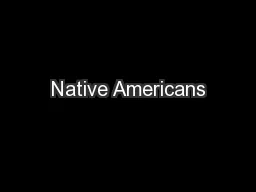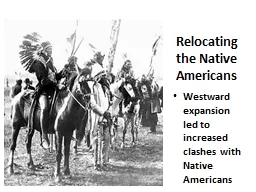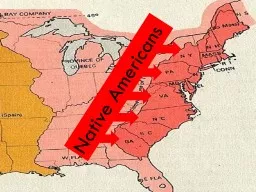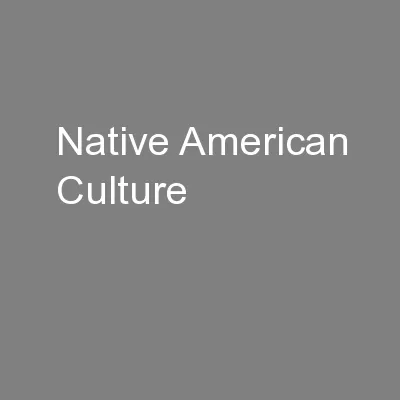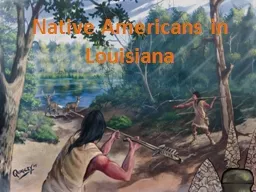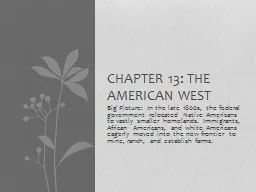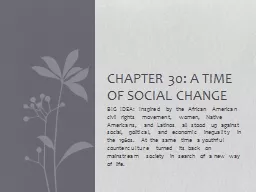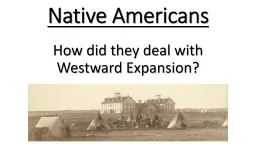PPT-Chapter 4 – Native Americans
Author : myesha-ticknor | Published Date : 2018-10-07
Keys to Understanding Read through and write in your notes ALL of them Page 85 Answer the following questions on a separate piece of paper you can hand in Pages
Presentation Embed Code
Download Presentation
Download Presentation The PPT/PDF document "Chapter 4 – Native Americans" is the property of its rightful owner. Permission is granted to download and print the materials on this website for personal, non-commercial use only, and to display it on your personal computer provided you do not modify the materials and that you retain all copyright notices contained in the materials. By downloading content from our website, you accept the terms of this agreement.
Chapter 4 – Native Americans: Transcript
Download Rules Of Document
"Chapter 4 – Native Americans"The content belongs to its owner. You may download and print it for personal use, without modification, and keep all copyright notices. By downloading, you agree to these terms.
Related Documents


